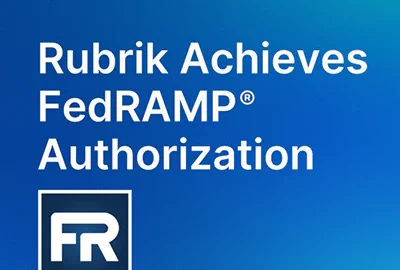GAO finds highs, lows in agencies’ human capital management
Yvonne Jones, the Government Accountability Office\'s director of strategic issues, tells a Senate panel human capital management is critical to improving...
Human capital management has been on the Government Accountability Office’s High Risk List since 2001.
Yvonne Jones, GAO’s director of strategic issues, testified before the Senate Homeland Security and Governmental Affairs Subcommittee on Regulatory Affairs and Federal Management last week about a new report that looks at how agencies can improve the way they manage their workforce. 
Fixing the 65-year-old General Schedule (GS) System was the first recommendation of the GAO report.
“What we found was that the occupation descriptions were very narrow, so narrow that it’s hard to shift people easily between jobs, that the pay rules make it harder for agencies to recruit and retain valued employees, and we concluded that we need to have a more modern and effective classification system, which retains merit at its core, but is more flexible,” Jones said.
In 2014, GAO identified eight attributes that were key to establishing a effective classification system, including flexibility, transparency and simplicity. When the Office of Personnel Management tried to implement the attributes, some were omitted.
“What we found was that OPM and the agencies do try very much to apply the principles of the system,” Jones said. “For example, one of the problems is that there are 420 different occupations and sometimes the difference between two different occupational positions is really fairly nuanced and the classification specialists who are working on it really need to know in depth the difference between the two positions. Sometimes, if they don’t really know the nuances and they’re writing job descriptions, what can happen, for example, is that there’s a decrease in transparency.”
She also told the subcommittee the GAO identified mission-critical skills gaps in more than two dozen occupations that had significant program impacts.
“Given that the federal government is potentially facing a large retirement wave, and also, given that there is some concern about whether the federal government can recruit millennials into the workforce, that there’s a concern about whether there are certain positions, critical skills like cybersecurity or contract specialists, whether we will be able to fill those positions if people either decide to leave the federal workforce or retire,” Jones said. “We’re quite concerned also that agencies identify new areas where there may be critical skills gaps because of the evolving and complex nature of the federal government.”
One of the things OPM did to address this issue was to establish an interagency working group to come up with a new list of governmentwide skills gaps by next month.
Jones considered that a step in the right direction.
“As long as this group or this kind of activity can continue to be carried out on a reasonable and regular basis, we think that will help OPM and the agencies continue to keep up with the evolving needs and jobs for the federal workforce,” she said.
In its report, GAO recommended agencies improve their supervision and the use of probationary periods to reduce substandard employee performance.
“GAO also found that OPM needed to do more to ensure meaningful distinctions are made in senior executive ratings and performance awards,” the report said. “OPM disagreed with the recommendation. GAO maintains that additional action should be considered to ensure equity in ratings and performance awards across departments.”
While governmentwide engagement dropped four points from 67 percent in 2011 to an estimated 63 percent last year, GAO reported that decline was attributable to just 13 agencies, where engagement slipped from 2013 to 2014. By comparison, 31 of 47 agencies maintained the same level of engagement and three even increased their employee engagement during that same period.
“We feel that if there’s a decline in engagement at even one agency, that’s something that requires serious management attention,” Jones said, adding that scores dropped at three large agencies — the departments of Defense, Homeland Security and Veterans Affairs.
“We continue to feel that more effort needs to be put forth, because until we can see, for example, that agencies are able to measure their needs and then assess their needs in all of these areas and do so via using reliable data sources so that they can assure themselves and assure OPM and the Congress that they’ve made progress, we still feel that the agencies need to remain and OPM on the high risk list and continue to make the efforts that they’ve begun to improve the management of the federal workforce,” Jones said.
RELATED STORIES:
Want to help feds do their jobs? Stop attacking them
Agencies on GAO’s High Risk List find the bright side
GAO adds IT acquisition, VA health care to High Risk List
Copyright © 2025 Federal News Network. All rights reserved. This website is not intended for users located within the European Economic Area.
Michael O’Connell is senior digital editor of Federal News Network optimizing content for the best user experience. Follow @moconnellWFED
Follow @moconnellWFED






